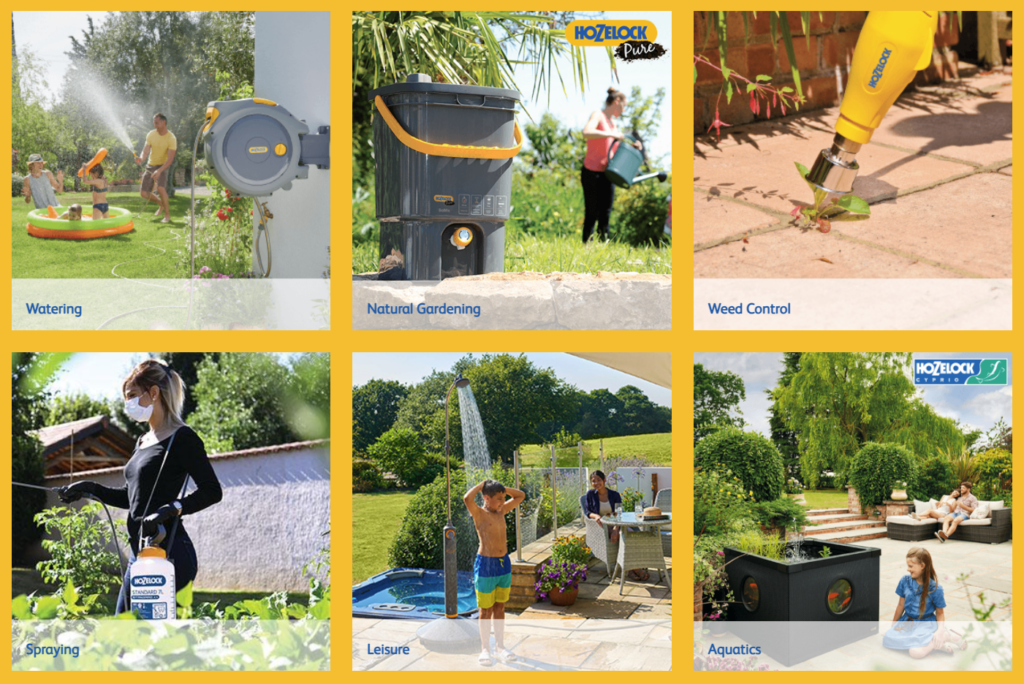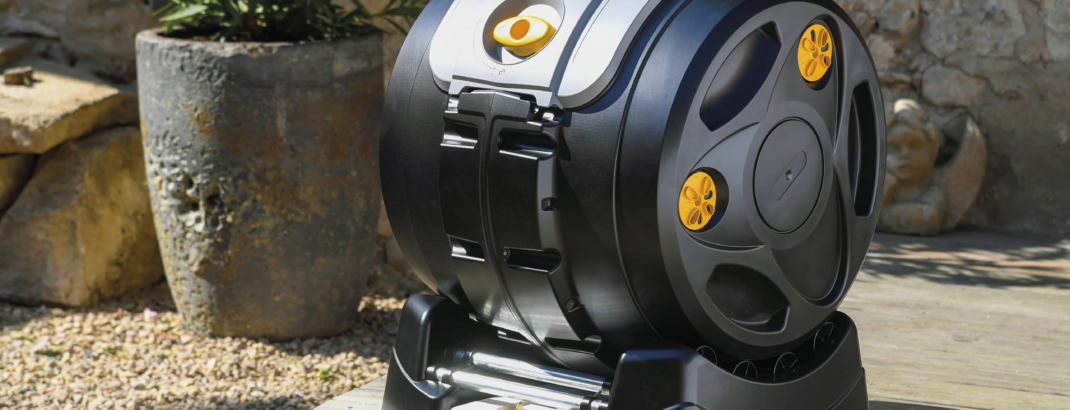Hozelock is part of the Hozelock group, founded in 1959. From their early days, the company’s drive has been to develop technically perfect, visibly striking products that are part of a system. Their first product was the world’s first plastic hose connector – the Hoze-Lock.
Today, they are positioned as a global garden equipment manufacturer with a head office in Birmingham, United Kingdom – and over 75% of their products are made in Britain. Hozelock products are sold in Europe, Australia and New Zealand and their customer and product portfolios are ever-growing. By their own admission: “We combine a knowledge and passion for gardening with a pride in craftsmanship to develop gardening solutions that help gardens flourish and come to life.”

Application
With Hozelock’s evolution consisting of a developing range of domestic gardening and aquatics products, it is of paramount importance that the design and prototyping phases of products are at the same professional level as end-user products on the market.
Hozelock’s Design Project Manager, Ross Braithwaite said: “For a number of years, we have been using large format polypropylene (PP), selective-laser-sintering (SLS) parts.
“In our factories, we conduct a lot of polypropylene injection moulding – and we do also use a lot of Nylon SLS, but for the best prototyping, Ricoh 3D’s polypropylene gives a much ‘truer’ feel to the production parts.
Hozelock adopted 3D printing into their business model since it was promotionally available in the UK, and pride themselves on the exploration into new and innovative technologies and materials to improve their product range.
Ross added: “For this specific project, we required the support of Ricoh 3D with prototyping for our EasyMix 2-in-1 Composter.”
Challenge
One of the challenges faced by Hozelock was the design and prototyping of new parts in a reasonable time frame to bring new products to the market. By utilising Ricoh 3D’s PP, they were able to test out new product elements with confidence and minimum time cost.
“We are using RP earlier and earlier in the development process and the sintered PP helps us make design decisions controlling strength and flexibility with high levels of confidence,” explained Ross.
Solution
Sintered PP was the ideal solution for the designing of new product elements as it provided a very realistic prototype that was nearly identical to the final mass-produced part, without the need to set up a new dedicated injection mould.
Benefit
By using 3D printed PP parts, the prototyping timescale was reduced, while also saving on material cost. The whole process from design to launch took just 18 months.
The prototypes are so similar to the final product, that they can be (and were) used for product photography and validation. June 2021 marked the final validation model prior to the composter going to market. As a new market product, Hozelock met their units target within 12 months of launch. Furthermore, to date, Hozelock has sold over 20,000 units.

Testimony
The use of Ricoh 3D’s technology and expertise was vital to Hozelock, as it meant one of their new product innovations was able to reach the market on time.
“The sintered PP was very effective as it provided very realistic parts,” explained Ross.
“It compressed the development timescale and potentially saved time and money in the mould tool debugging phase of the project.”
Ross added: “Ricoh 3D helped Hozelock bring the EasyMix Composter to market on time, on budget and with a very positive reception from the market.”
Over 20,000 units have since been created for what is a brand-new product on the market.
Hozelock Product Design and Innovation Engineer, George Walters said: “Ricoh’s PP material simulates better than other materials on the market – and reacts like we’re going to produce in our factory.
“We use so much PP in moulding, so we love working with Ricoh 3D, to create these larger parts, with similar ‘real’ materials.”
Enrico Gallino, Senior Engineer at Ricoh 3D, said: “Using PP is ideal in this situation as it creates something that is very close to the final product.
“Using AM this way once again highlights the co-creation opportunities between Ricoh 3D and external companies, and we certainly hope to work with Hozelock again in the future – as they say, to ‘Give Back to Nature what Nature Gave Us.’”

